The menstrual flow occurs every month and depends on the frequency, intensity and duration of menstruation, and can be intense, mild or moderate.
Menstruation is a condition where a woman spends every month vaginal bleeding for a period of time that can last from 3 to 8 days, depending on each organism. It happens pointing out the fertile period, where it does not occur when the woman is not pregnant. The menstrual flow is noticeable by some characteristics and it is important to observe its intensity, volume and even its colors.
Menstrual flow is basically composed of blood and uterine tissue. Every time a woman’s body is preparing for ovulation and when fertilization does not occur, bleeding happens.
Understanding menstrual flow is important to choose the best contraceptive for your body, in addition to learning its phases, cycles, how to control Pre-Menstrual Tension (MTP), cramps, make the famous tablet and calculate the fertile period.
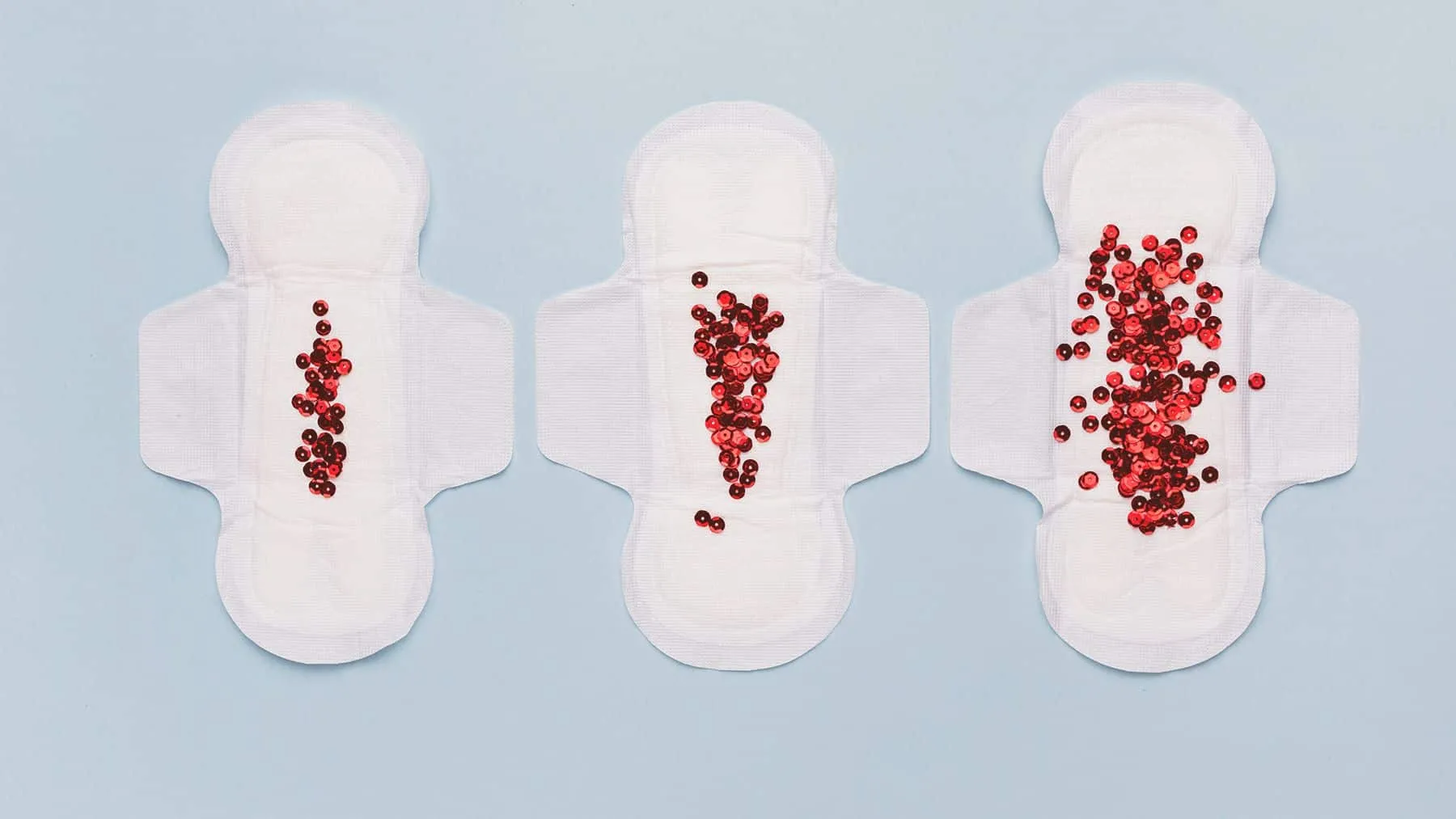
What is a menstruation?
Menstruation is a bleeding that happens during the peeling of the inner walls of the uterus when there is no fertilization. It occurs every month when the body is preparing for pregnancy, and when it does not occur, the inner membrane of the uterus (endometrium) detaches.
Phases of the menstrual cycle
Folicular phase
This phase is characterized by the increase of follicle stimulating hormone (FSH), responsible for developing follicles with eggs, determinants of estrogen production to a peak in which this production is interrupted. In other words, it is at this stage that your body is preparing for a possible pregnancy. It begins on the first day of menstruation and ends on the day of ovulation. Since, this phase can last from 12 to 16 days.
Ovulation
Biologically speaking, ovulation is the moment of the peak that the follicles rupture and release the oculus, which goes towards the tubes, performing ovulation. Therefore, from this phase it is that the woman enters the fertile period. In general, this phase occurs on the 14th day of the menstrual cycle.
The Lutea
After ovulation, the follicle begins to produce progesterone, but realizing that it has not been fertilized, the amount of hormone falls along with estrogen. From this then the endometrial peeling is initiated, causing the bleeding of menstruation.
TPMs
Premenstrual Tension, better known as PMS, haunts many women every month. In summary, PMS is the result of hormonal changes during menstrual flow. They can occur 10 days before menstruation and even during it.
Its effects are an explosion of feelings that carry the woman from 8 to 80 in a matter of seconds. Among the main symptoms, we have: anxiety, irritability, binge eating, sensitivity, low self-esteem, among other variations in mood.
Amount of menstrual flow
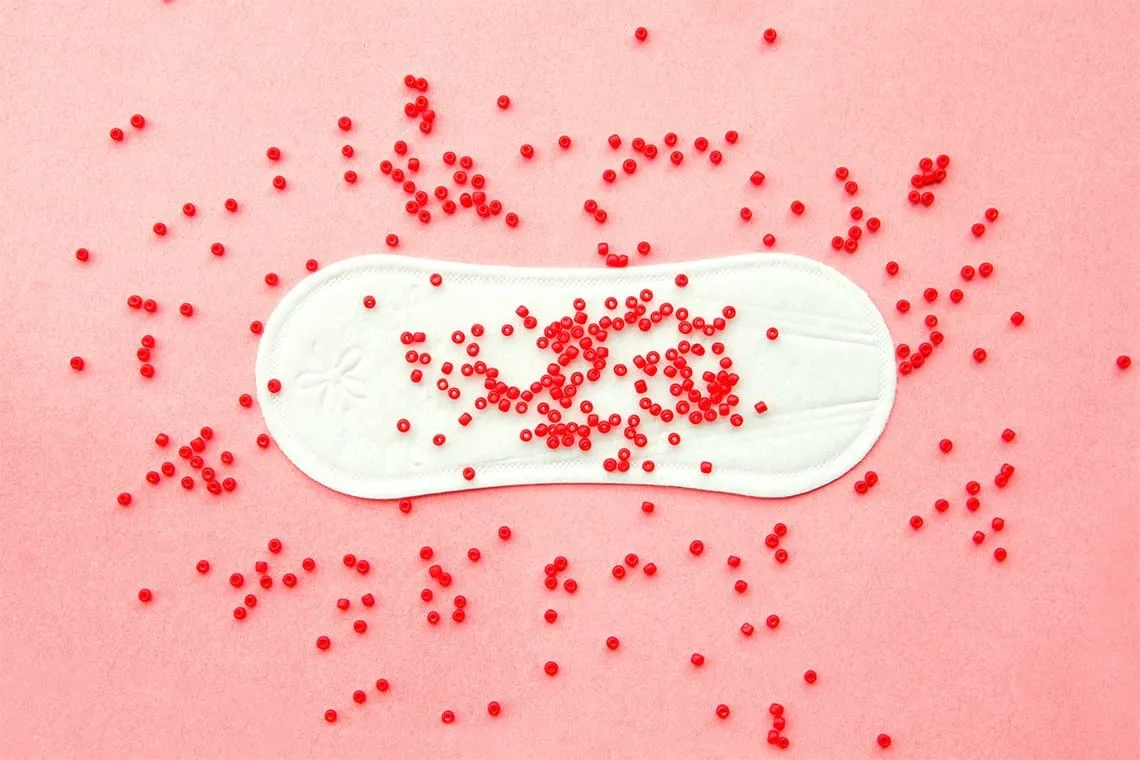
A normal menstruation releases 5 to 80ml (millilitres) during a menstrual flow and after that is considered an intense flow. It can be difficult to measure in milliliters the amount of blood that is extracted during your menstrual period to know the intensity level of your flow. However, there are some ways to detect the intensity level of the flow from the characteristics of your menstrual cycle.
Strong menstrual flow
Virtually every day is of great flow and it is usually necessary to use a night absorbent during almost the entire menstrual period. In this way, the absorbents need to be changed at least 3 in 3 hours, and in the case of a collector it fills up to 4 hours at most. The cycle can last for up to 6 days or more.
Moderate menstrual flow
More moderate menstruation happens for about 4 to 6 days, with the first days of more intense menstrual flow and with clots, and days of weaker menstrual flow. Thus, on the days of greater flow, you can stay with a normal tampon for at least 4 hours, or 6 hours with a menstrual cup.
The weak menstrual flow
First of all, to identify your menstruation as weak, you need to make some observations in your menstrual flow. To do this, note if you are at least 4 hours with a tampon without filling or 6 hours with a menstrual cup, without you being afraid of leaking. In addition, your menstrual period should last up to 3 or 4 days, being the first half of this time with red menstruation blood, and the other half with brown bleeding.
Menstrual Flow — How many days can menstruation last?

An adult woman’s menstrual cycle lasts about 28 days, but can range from 24 to 35. On the other hand, menstruation on average lasts 3 to 7 days. Thus, if any changes in this cycle are detected for more than two months in a row, it is recommended that a gynecologist be consulted.
The deregulated menstrual flow
It is always good to be aware of the reasons that it causes menstruation to be unregulated. Certainly, when a woman is at puberty or menopause, it is very common that menstruation does not have a normal flow. However, outside of these situations, it is better to pay attention to your body to find out what caused the flow to get off the axes.
First of all, it is important to understand when your period is really unregulated. One of the signs to see this is the time space in each menstrual period constantly changing, getting too long or too short. Another sign is the amount of menstrual blood and the amount of menstruating days. If you thin, your menstruation is in fact unregulated.
There are many factors that can influence the change in menstrual flow, among them are excessive weight loss or gain, stress, physical activity, hormonal changes, use of licit and illicit drugs, medications, among others.
6 Reasons for Your Menstruation to Be A’s Back
In addition to pregnancy: your period may be delayed for several reasons that are not the coming of a child. See below which are they:

1. Excess physical exercise
When performing excessive physical exercises, the body produces in an exaggerated way prolactin, a hormone that helps in breastfeeding, which can generate delays in menstruation.
2. Stages of stress and anxiety
In times of stress and anxiety, the body releases the hormone cortisol, which can affect menstrual flow.
3. Puberty
When you are at puberty, it is normal to have delays in menstruation, since the reproductive system is still developing and can take up to about five years to fully form.
4.The Obesity
When a person who is in an obesity situation has altered metabolism, it may be that it affects the part of the brain that regulates the release of eggs, as a consequence, the menstrual cycle is also affected.

5. Interrupting the use of contraceptives
By stopping the use of contraceptives after a long period of use, failures in the menstrual cycle may occur. In this sense, the woman’s body needs to be readjusted again.
6. Diseases and medicines
Medications for infections, inflammation, flu and colds can alter factors in the body that deregulate ovulation. In this same way it happens with diseases, more specifically in the ovaries and thyroid. Early menopause is also a factor in deregularing the menstrual cycle.
menstrual flow — menstruation in advance
In the same way that happens with delayed or irregular menstruation, it is with early menstruation. Internal and external factors contribute so that the menstrual cycle does not work as it should and cause surprises. Stress, anxiety, deep sadness, emoking emotional and contraceptive change are among the reasons for the advance menstruation.
menstrual flow — prolonged menstruation
On the other hand, menstruation may not end on the scheduled day and last for 8 days and even longer. In these cases, it is best to seek a gynecologist to understand what is happening with your body.
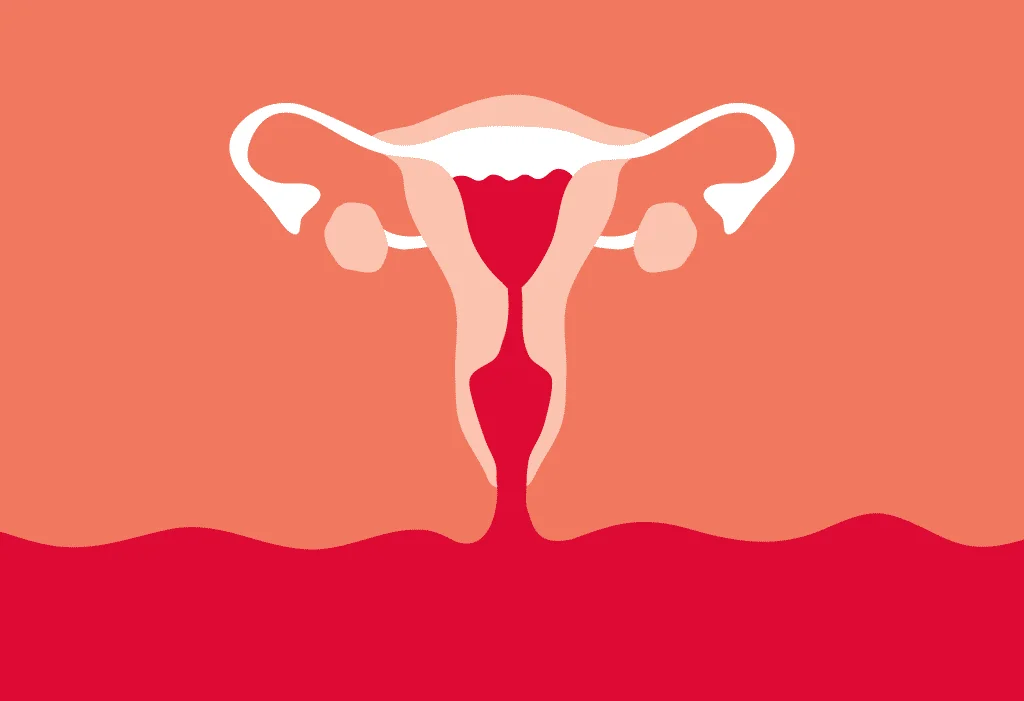
Menstrual Flow – Stop Menstruating
Believe me, there are women who have never menstruated and they have a condition called amenorrhea. This condition does not let the woman menstruate and she can be divided into two types.
The first type is when the woman was born without a uterus or he did not develop as it should, still in the mother’s bed. The second type of amenorrhea is linked to early menopause, ovarian problems or pregnancy.
Menstruation with a bad smell
Menstruation has a characteristic smell of itself and has nothing abnormal in that. In short, it is a mixture of the smell of vaginal flora with blood. Any variation of this smell means that there is some imbalance or problem in the vagina and you will need to consult a specialist.
However, there are some factors that can influence the bad smell, being: too long with the same absorbent, stress, poor diet, vaginal infection and heavy menstrual flow.
Menstrual flow — Colors of menstruation
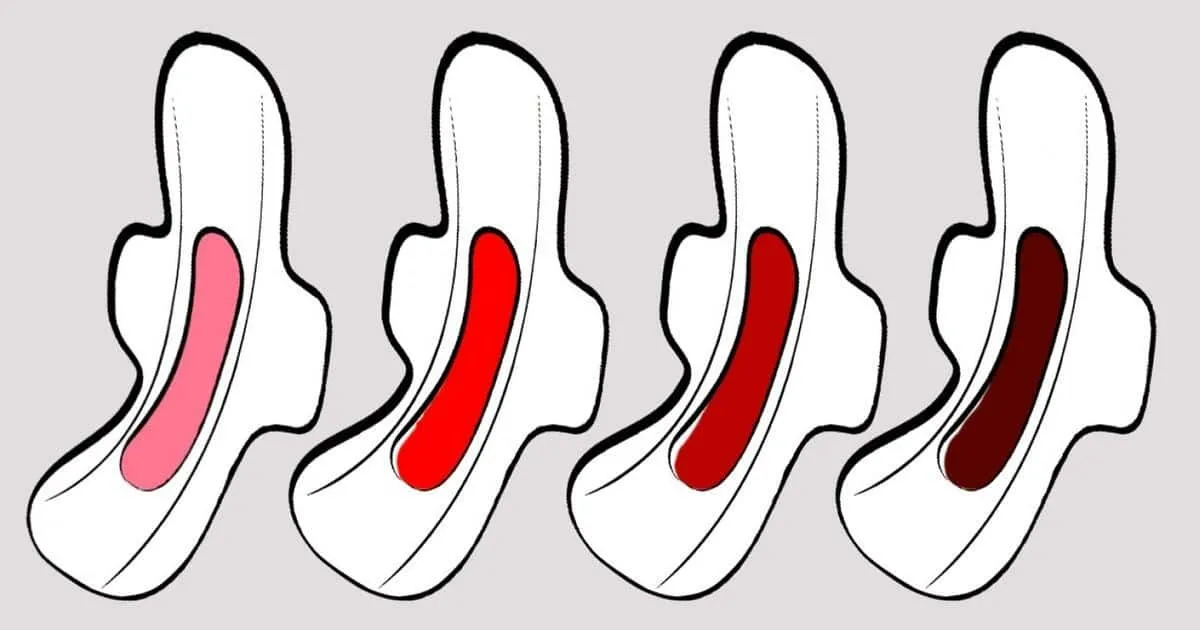
During menstruation it is remarkable that the blood may contain different colors and this is what we will explain below:
Dark menstruation (black/brown/coffee tassel)
At the beginning and especially at the end of menstruation it is normal that the color is slightly darker, similar to brown. This happens because in a small amount the blood can accumulate in the vaginal juice, taking even longer to leave. Thus, it causes coagulation within the body, leaving the color more sly.
The Pink Menstruation
This type of menstrual color is always good to be aware and we will explain why. First, when blood comes out in small amounts, it can be mixed with vaginal mucus, which can be white or yellow. Another reason for pink is low estrogen levels. Finally, if bleeding occurs outside of the menstrual period, it may be a sign of pregnancy. When in doubt, always consult a specialist.
Living red menstruation
Also called “artificial menstruation,” very red bleeding occurs in women who use hormonal contraceptive methods, as it is a more “forced” menstruation. In other words, using contraceptive methods there is no complete desquamation of the endometrium, as a consequence, the blood comes out bright red.
Menstruation with clots
If you have very intense flow, this condition may be common. It turns out that, as the amount of flow is large, the blood coagulates within the woman’s body. Because it is an intense flow, the blood soon comes out and does not become dark.
Orange or orange menstruation
Pay close attention if your period comes with an orange tone: it may indicate an infection. In general, it comes with a bad smell and pain in the region.
Menstrual flow — Menstruar Pregnant

Very rare but not impossible condition: menstruation during pregnancy. First, it is worth noting that women who have a small flow of vaginal bleeding in the period of ovulation can be confused with menstruation and end up getting pregnant, so good to be careful.
One of the factors that let the pregnant menstrue woman is the fact that many have the short cycle, of approximately 21 days, resulting in ovulation on the seventh day of the cycle. What many do not know is that sperm can live for a few days in the body of a woman, if sexual intercourse occurs on the fifth day, for example, when there is still menstruation and the sperm is alive at the time of ovulation.
In addition, many women may have a small flow of vaginal bleeding in the period of ovulation, and when mistaken for menstruation, there is a very high chance of getting pregnant.
Contraceptive methods and volume of menstruation
Many people do not really know what the functioning of contraceptive methods in the body and its effects on menstrual flow. Hormonal contraceptives, such as the pill, vaginal ring or patch, are responsible for regulating not only estrogen hormones, but also progesterone in your body. These hormones prevent your ovaries from preparing and releasing eggs (ovulation).
While you take hormonal contraceptives (pill, patch, ring), bleeding from menstruation is called escape, spotting, or spotting. It is a result of the decline of reproductive hormones in the body during the days when you get low hormone from the contraceptive.
Thus, people who use contraceptive methods may have changes in the volume of menstruation. For example, when using contraceptives, the inner lining of the uterus does not thicken as much as it does without MAC. As a result, menstruations are shorter or do not even exist, especially for people who have been using contraceptive for many months or years.
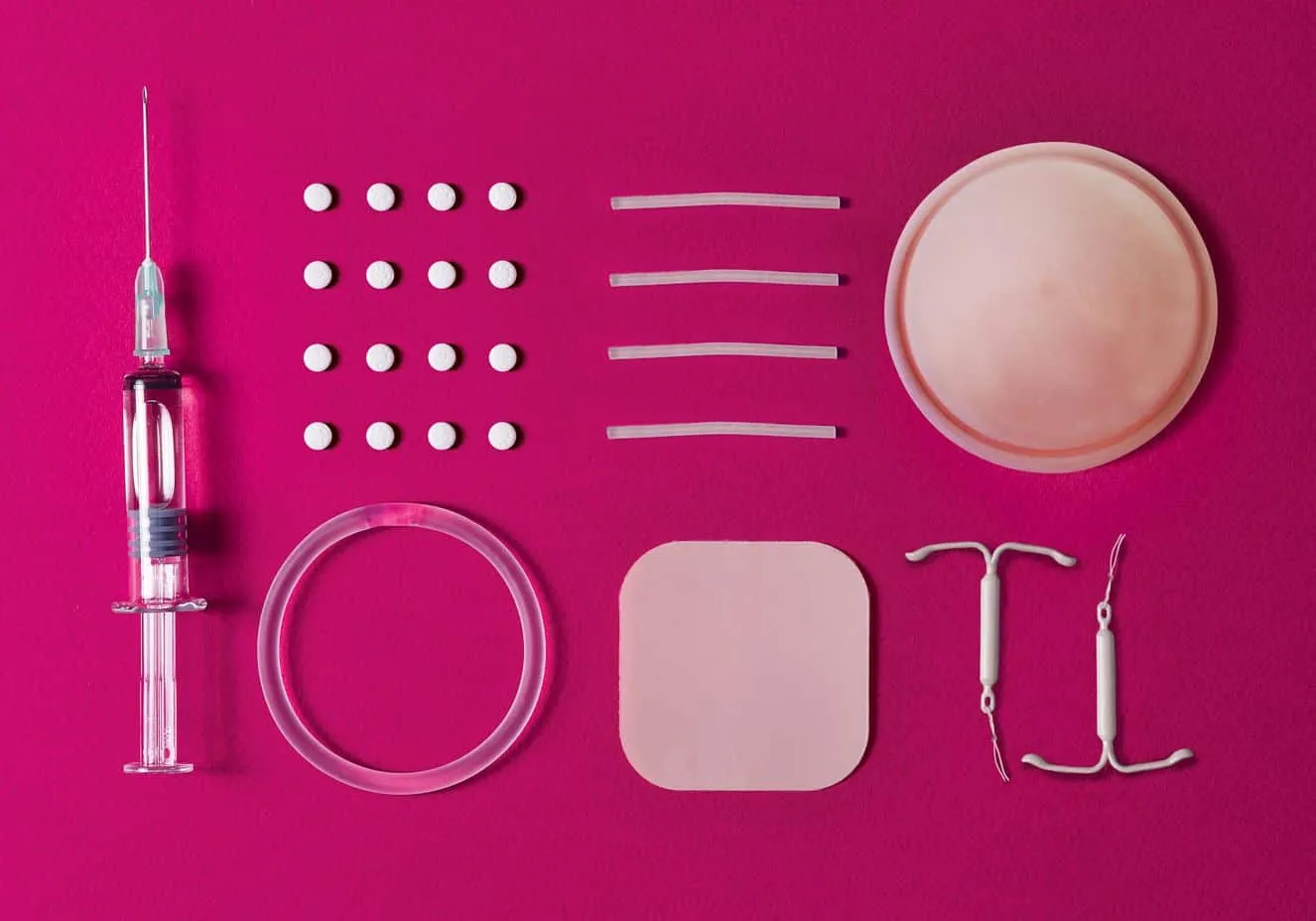
Minipill
In short, this type of contraceptive method uses only progestogen hormones, and as a consequence can result in abnormal menstrual flow. This is because these pills suppress ovulation, but it depends on the type of pill. Changes in the volume of menstruation happen in response to changes in hormones.
Injection and implantation
First, those who use this type of contraceptive may have shorter bleeding days or do not even menstruate. This is the result of this method of contraception, which suppress ovulation.
The hormonal IUD
For those who use normal IUD, it is common to have a lighter menstrual flow, and even not menstruate. This is the result of the non-tickness of the endometrium, thus generating irregular bleeding.
The IUD of copper
This method of contraception is not hormonal, so menstruation may be normal during the period. However, in the first six to twelve months, the amount of menstrual flow may be more intense, due to the fact that there are vascular changes and changes in blood flow in the uterus.
Did you like this content? Read also: Massage for colic – Techniques to relieve pain.
Sources: Changing Diapers, Herlself, My Life, Hello Clue.
Images: Eai Rolou, Fernando Guastella, Go Outside, Cemep Clinic, Herself, Violeta Cup, Gynecology Center, Incredible Club, I am Mom.

Sign up for our newsletter and stay up to date with exclusive news
that can transform your routine!
Warning: Undefined array key "title" in /home/storelat/public_html/wp-content/plugins/link-whisper-premium/templates/frontend/related-posts.php on line 12
Warning: Undefined array key "title_tag" in /home/storelat/public_html/wp-content/plugins/link-whisper-premium/templates/frontend/related-posts.php on line 13




